Master of Science in Planning - Transportation Planning

学历文凭
Masters Degree

专业院系
Urban and Regional Planning

开学时间

课程时长

课程学费

国际学生入学条件
The required materials that must be submitted to apply for any planning program at Florida State University are:
University Graduate Application Form All applicants must submit an application online by starting at the University's Online Graduate Admissions website.
Transcripts of all Prior University Courses Work. All applicants should have official copies mailed directly to the University Office of Admissions. International applicants may be required to provide certified translations of their transcripts and degree certificates with certified translations.
Letters of Recommendation via the University Graduate Application Form These recommendations should come from instructors who can speak to your performance as a student and your ability to complete graduate-level coursework.
Master's level applicants should submit 2 letters
The Department's Supplemental Form for MSP or Ph.D. Applications as applicable. This is a WORD document that should be saved to your computer, completed, and then submitted online via the University's Online Graduate Admissions website.
Applications for admission to the department's master's degree programs are welcome from persons holding a bachelor's degree from an accredited institution of higher learning in the United States, or the equivalent from an institution abroad. No specific major is required. Our students come from a wide diversity of majors in the social sciences, design professions, sciences, business, and humanities. Application for admission is usually made for the Fall term, but a limited number of applications are considered for the Spring term.
The minimum university criterion to be considered for admission to graduate school is an upper division grade point average (GPA) of 3.0 or higher for previous undergraduate study.
IDP—雅思考试联合主办方

雅思考试总分
6.5
了解更多
雅思考试指南
- 雅思总分:6.5
- 托福网考总分:80
- 托福笔试总分:550
- 其他语言考试:Pearson Test of English (PTE): 55
CRICOS代码:
申请截止日期: 请与IDP顾问联系以获取详细信息。
课程简介
相关申请
 预科
预科 奖学金
奖学金 实习机会
实习机会 在校学习
在校学习 跨境学习
跨境学习 校园授课-线上开始
校园授课-线上开始 在线/远程学习
在线/远程学习
学校排名

世界排名251
数据源:泰晤士高等教育世界大学排名
关于佛罗里达州立大学

创校于1851年的佛罗里达州立大学Florida State University 简称FSU,为一所公立研究 型态的高等学府,并为 佛罗里达州Florida公立大学体系中的一员,校方每年获拨研究经费超过1亿3千万美元, 更新校园内各项硬设备?佛罗里达州立大学Florida State University提供了17种专业的课程让学生们选读。 佛罗里达州立大学先有学生28077人,海外生百分比例为2%,录取比例为62.43%。 佛罗里达州立大学创校 1851 年,它是一所公立研究型的高等学府,并为佛罗里达州公立大学体系中的一员,是美国最具活力的高等教育机构之一,因拥有国际一流的教学师资和尖端的科学研究而受到广泛关注。 佛罗里达州立大学 目前有超过 37,000 名学生,其学生来自120 个国家和地区。1800 多位教职员工,教授中有5 位诺贝尔奖获得者及8 名美国科学院院士。佛罗里达州立大学研究生院设有 99 个硕士学位授予点、 28 个高级硕士学位项目、 71 个博士点和 1 个职业培训项目。该校还拥有 天文馆、广播电视、美术馆、博物馆、海洋研究中心、以供学生实习使用。运动设备包括体育馆、篮球场、网球场、游泳池、高尔夫球场、保龄球馆、田径场。 佛罗里达州立大学 更设有学校专属的自然保留区,开放给学生体验驾独木舟、滑雪、露营等活动。 佛罗里达州立大学所在 Tallahassee 在距离墨西哥湾约 40 公里,是所名副其实的大学城。 Tallahassee 位于 Florida 西北部, 人口约 70,000 附近有许多世界闻名的旅游景点, Tallahassee 有着美丽的海滩、 阳光和沙滩。Florida 的天气宜人,终年都可以从事户外活动,例如:冲浪、玩帆船、游泳、水上摩托车等等。另外这里有很多州立及国立公园、国家野生生物保区。 佛罗里达州立大学(Florida State University)在美国大学排名2012为第101名。有着美丽的海滩、 阳光和沙滩。天气宜人,终年都可以从事户外活动。
本校相关课程

Doctor of Philosophy in Urban and Regional Planning
学历文凭
Ph.D.
开学日期
课程费用总额


Doctor of Philosophy in Theater and Performance Research
学历文凭
Ph.D.
开学日期
课程费用总额


Doctor of Philosophy in Spanish
学历文凭
Ph.D.
开学日期
课程费用总额

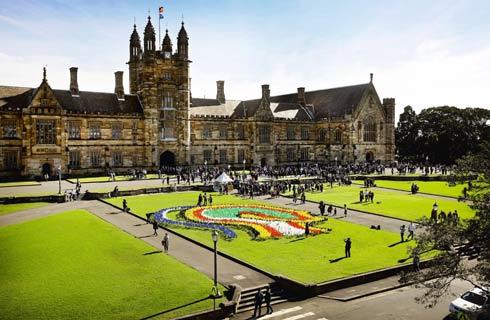
Doctor of Philosophy in Sociology
学历文凭
Ph.D.
开学日期
课程费用总额

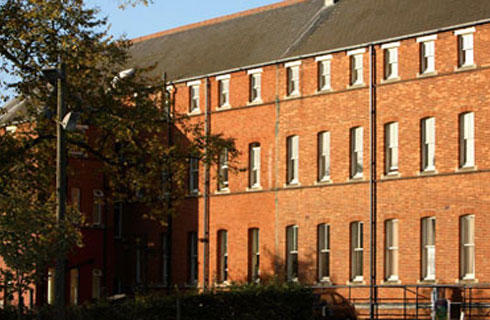
Doctor of Philosophy in Social Work
学历文凭
Ph.D.
开学日期
课程费用总额


Doctor of Philosophy in Business Administration - Risk Management and Insurance
学历文凭
Ph.D.
开学日期
课程费用总额

其他相关课程

海洋管理硕士
 达尔豪斯大学
达尔豪斯大学学历文凭
Masters Degree
开学日期
课程费用总额


农业设备技术员证书
 萨省理工学院
萨省理工学院学历文凭
Bachelor Degree
开学日期
课程费用总额

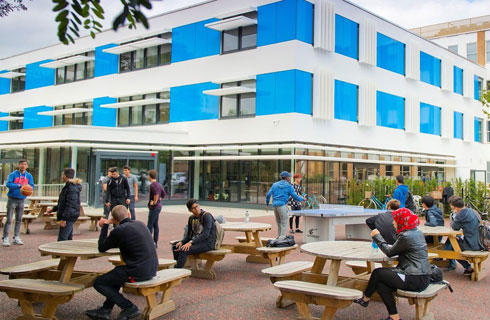
旅游和款待业工商管理学士
 爱德华王子岛大学
爱德华王子岛大学学历文凭
Bachelor Degree
开学日期
课程费用总额

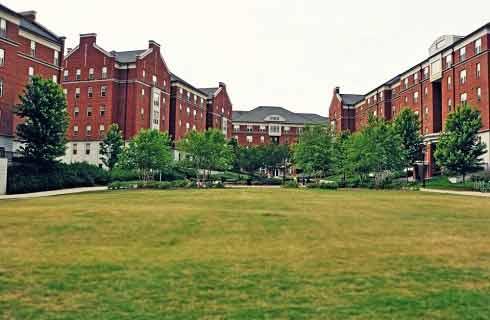
安大略大学供应链管理研究生证书-全球物流
 圣力嘉学院
圣力嘉学院学历文凭
Graduate Certificate
开学日期
课程费用总额

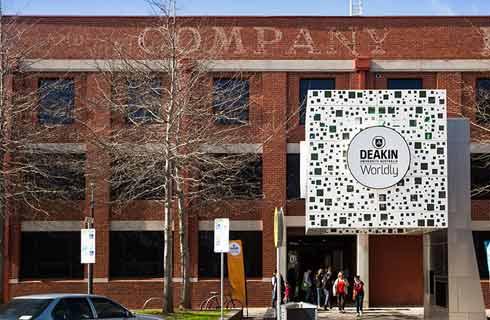
安大略大学国际运输与海关大专文凭
 圣力嘉学院
圣力嘉学院学历文凭
Bachelor Degree
开学日期
课程费用总额


安大略大学旅游证书-旅行运营
 圣力嘉学院
圣力嘉学院学历文凭
Bachelor Degree
开学日期
课程费用总额





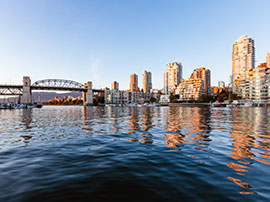
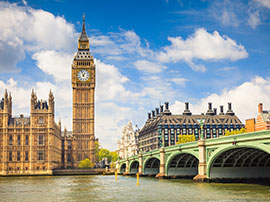

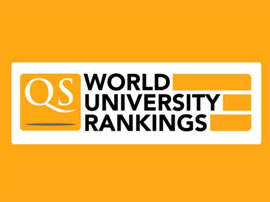












 美国
美国




